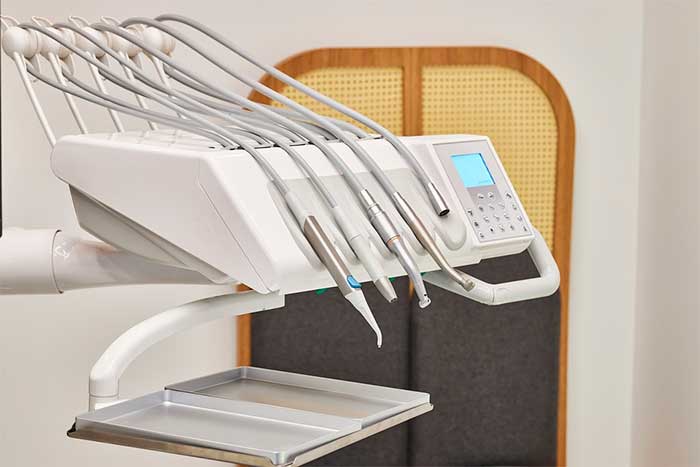Your dental practice may still be feeling the effects of COVID-19, so if it’s time to invest in new dental equipment like rotary instruments, or you just need general supplies, saving money could be a top priority.

The following are some ways that you can get what you need and save money while you’re doing it to improve your practice profitability as you hopefully rebuild your revenue.
Take Control of Ordering
Some dentists will let their supply representatives control every aspect of ordering for them. It’s important to realize that this may not be the most cost-effective way to do things because this person’s job is to sell you as much as they can, and often at the highest possible prices.
That doesn’t mean they’re trying to get one over on you because they also want to keep you happy. However, you should have, if not full control over your ordering, at least some oversight.
Just knowing what you’re paying is an important first step to start saving money.
Once you have more of an understanding of what you’re currently spending, create a budget.
To do this, look at your average spending on the same supplies over previous years.
Then, you’ll have an estimate of what you’re going to need to have on-hand, cash-wise, to purchase supplies.
The goal is usually to spend anywhere from 5 to 6% of your total overhead on dental supplies.
As far as understanding and taking control of your order, you also want to regularly check and see if there are cheaper alternatives. Set intervals where you do this, and if you find something cheaper from another company, your dental supply company may be willing to give you a discount as a result.
Keep an Accurate Inventory
You want to make sure your inventory system allows you to keep track of what you have and what you need.
If you have too much of any one thing, you’re spending more than you need. Yes, it’s cheaper in the short-term to buy in bulk, but if it takes you a long time to use those bulk orders, then ultimately, you’re probably going to save money by buying less at one time.
Of course, there is a balance because you don’t want to run out of anything before your next order. Then you’ll find yourself in a crunch where you may have to pay more and expedite an item.
It’s a good idea to have someone in your office who’s in charge of inventory management. That way, they’re always keeping an eye on levels, and they’re the point person who’s accountable if there’s a problem.
Some practices find the best option for them is to order just what they need for the month.
Cut Out Finance Charges
A big waste of money that’s probably raising your supply budget are finance charges.
You might take a look and realize you’re spending around 18% on finance charges.
Do the math on what you paid in finance charges over the past few years, and you’ll probably see it’s quite a bit.
Try to pay off your charges monthly to avoid this.
Consolidate Your Purchases If It Makes Sense
You might be buying supplies and equipment from several different distributors because you could be comparison shopping between them and finding the best deals. This would theoretically make sense to reduce costs. However, if you consolidate to one distributor, then you’re going to have more of their attention.
They’re going to be more focused on keeping you as a customer. They’ll be motivated to offer you the most competitive prices.
Of course, even when you find a distributor that you enjoy working with and that you feel is giving you the most competitive prices, you still need to keep an eye on everything to make sure it stays that way.
A lot of companies will offer specific loyalty programs or perhaps rebate programs to repeat customers too.
Plan to renegotiate your supply contracts every 12 months as well. You’ll increasingly have leverage as you work with a company longer and longer.
If a distributor isn’t willing to negotiate and then renegotiate, it may be time to find someone else.
Overall if you’re looking forward to 2021 as an opportunity to improve your revenue over 2020, it’s also a good time to start thinking about your overhead. Dental practices have a significant amount of overhead, but there are strategies you can use to reduce it and still maintain the quality of care your patients expect.
